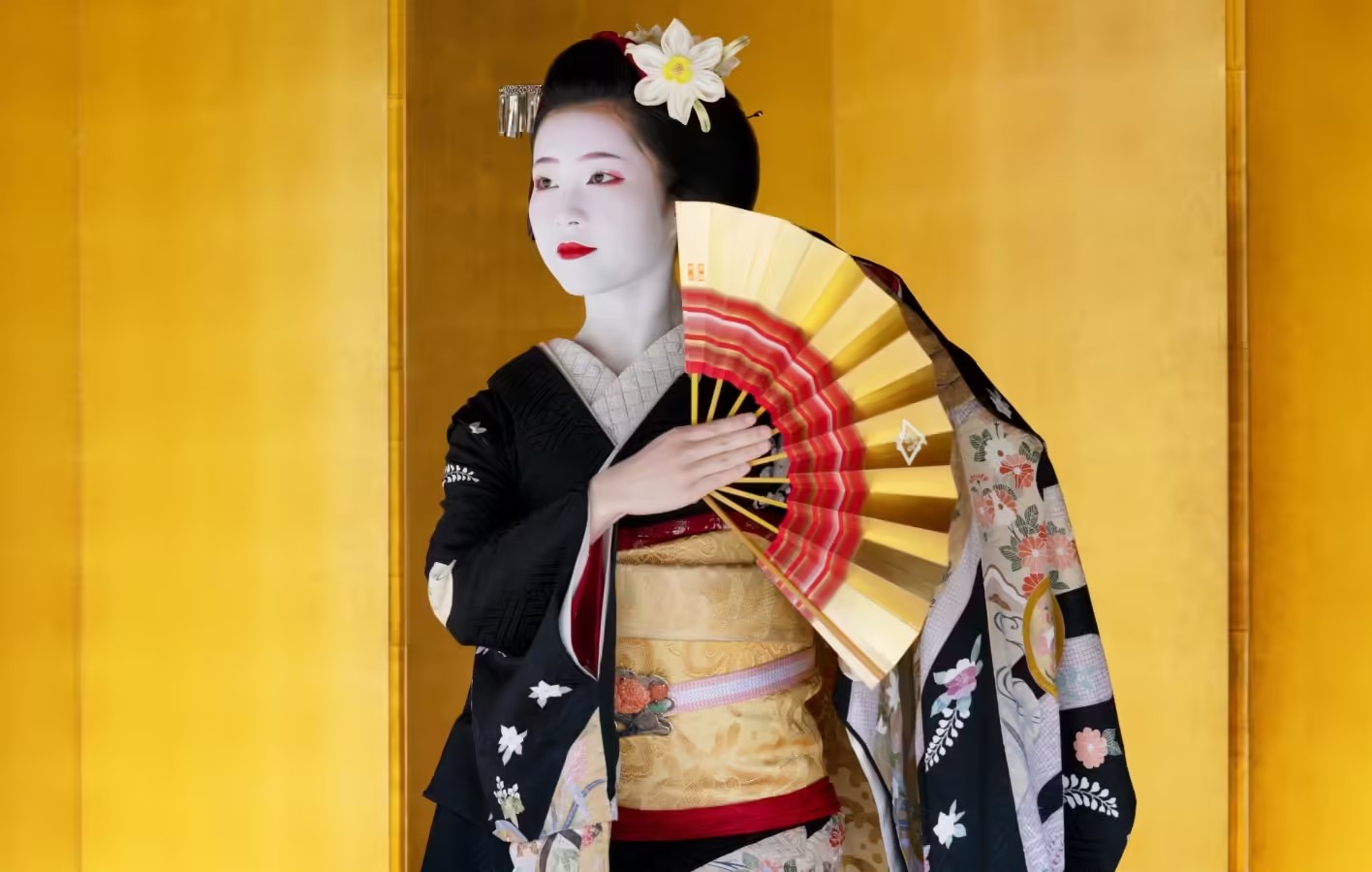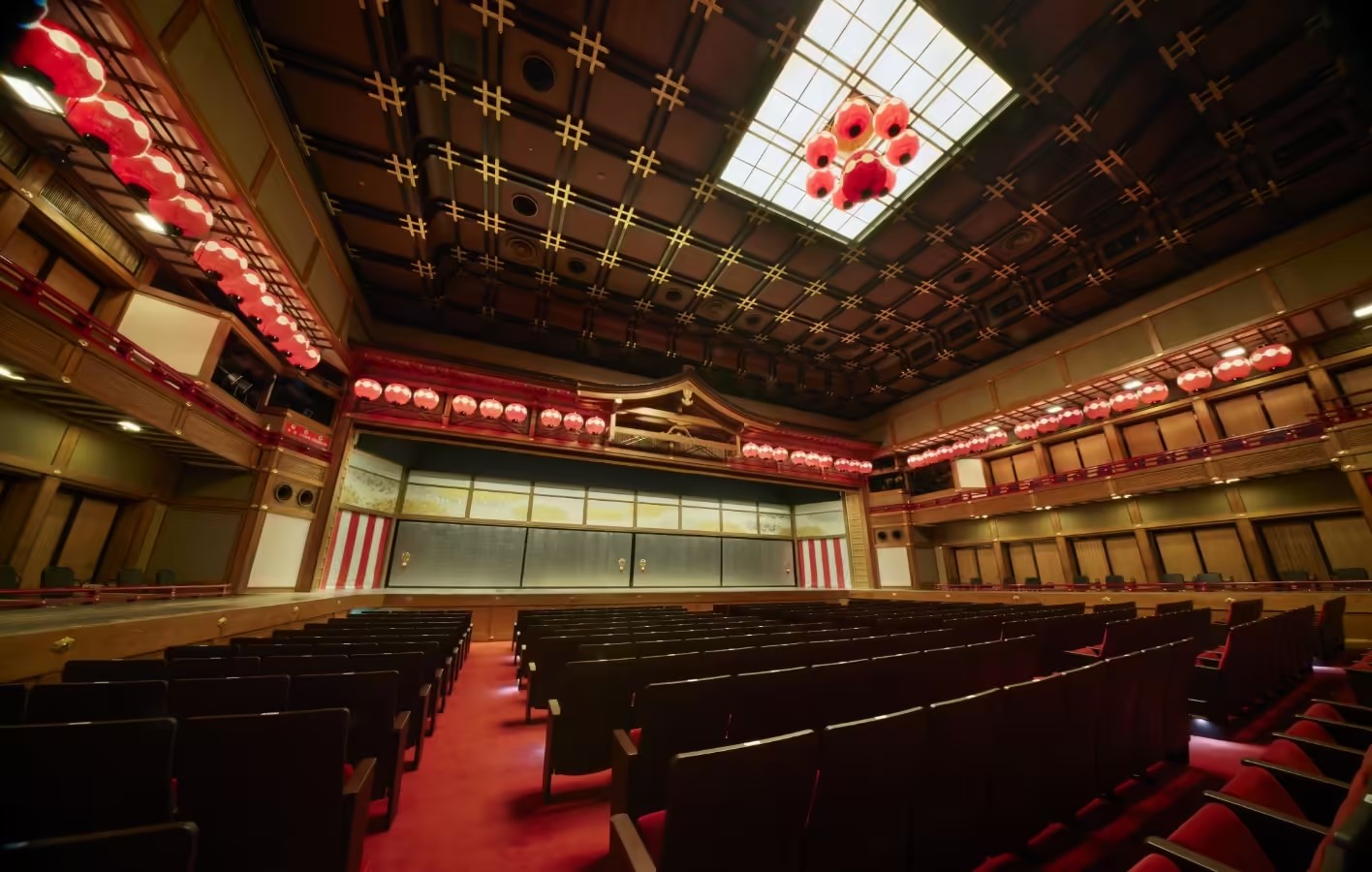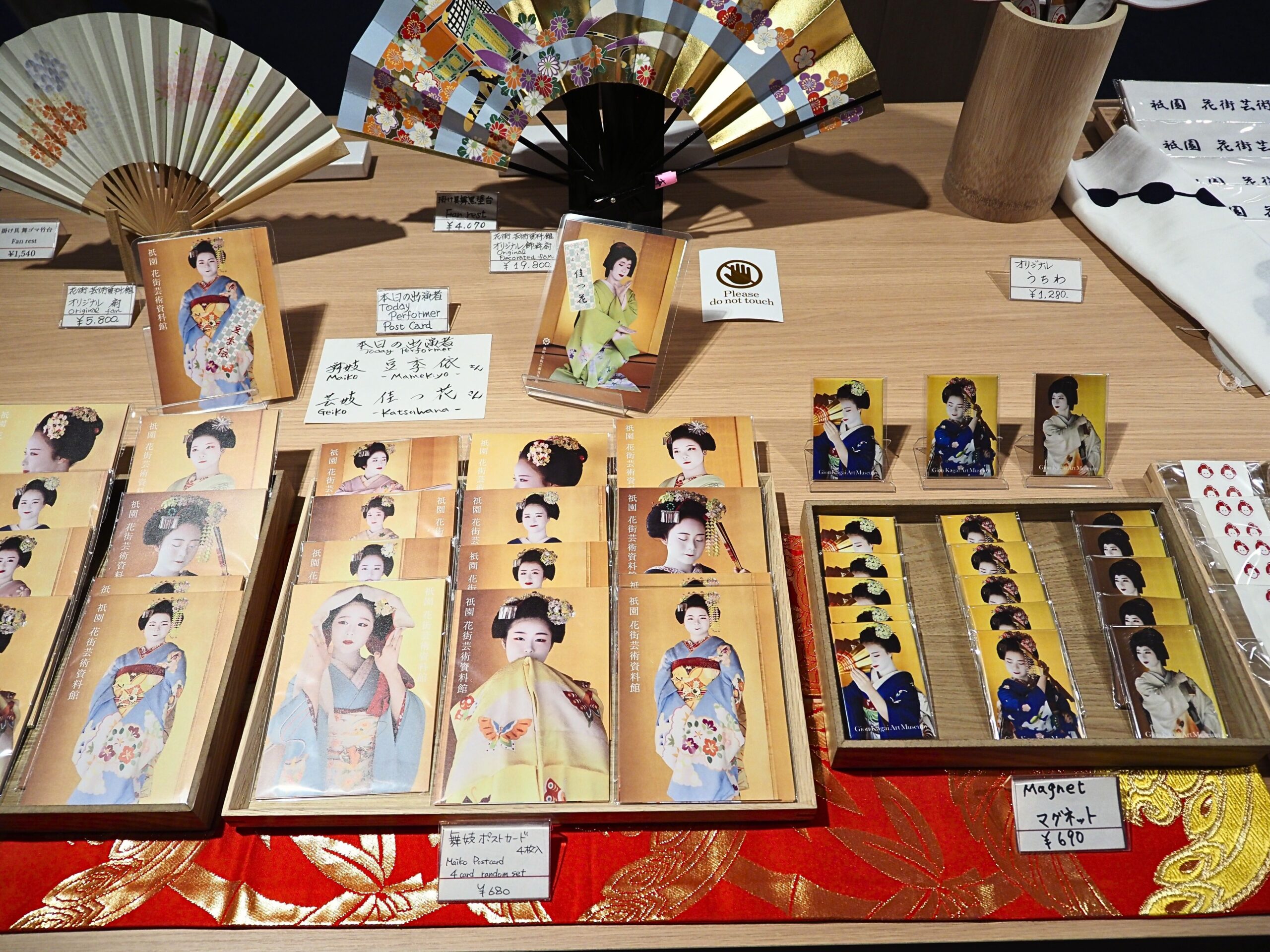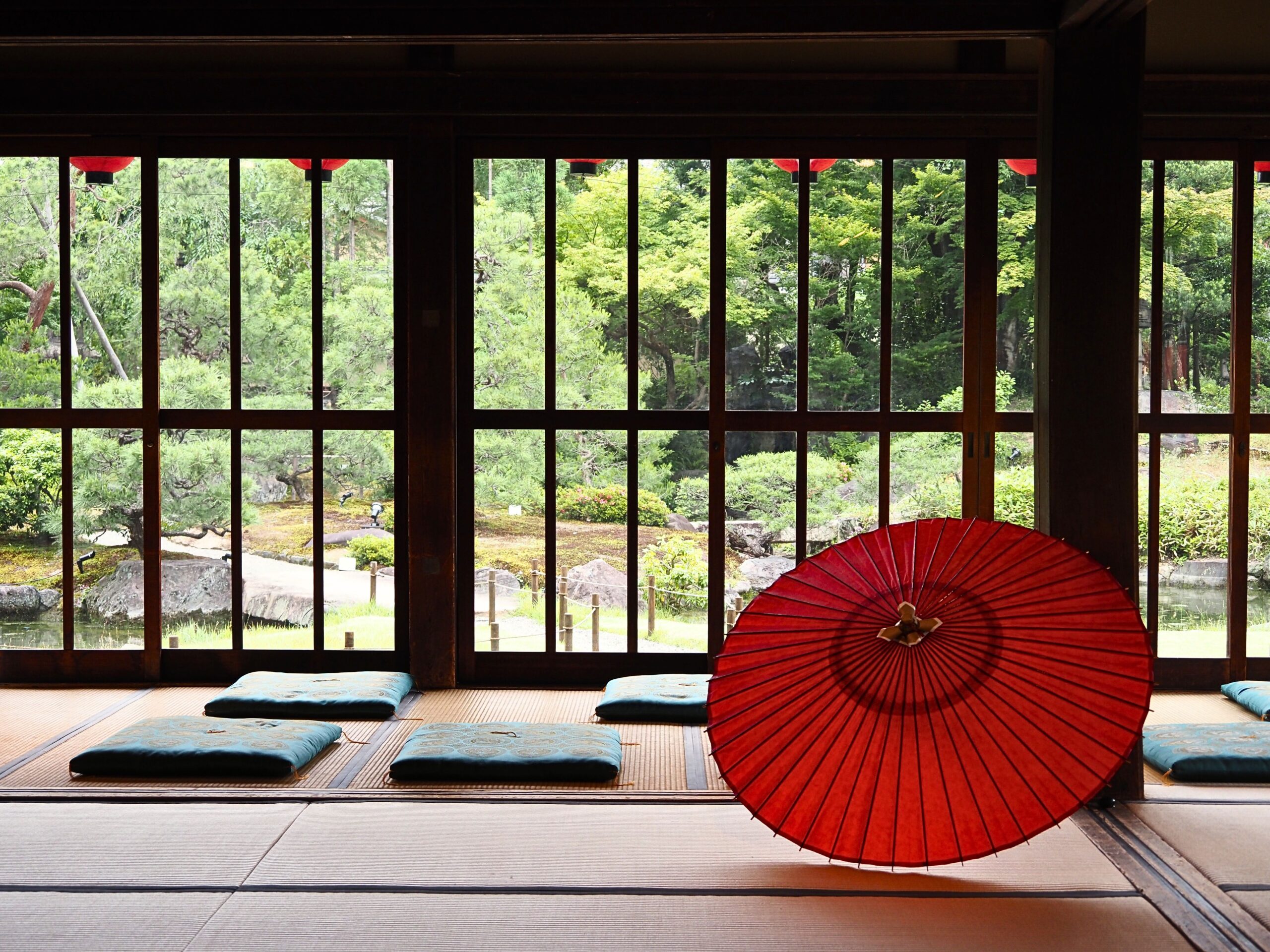Blog
[Kyoto] Gion Kagai Art Museum: Kyoto’s Window into Geiko and Maiko Culture

On the eastern side of Kyoto’s Kamogawa River lies a warren of attractive lantern-lit cobblestone streets, lined with traditional machiya-style buildings. This is Gion, Kyoto’s historic entertainment district, renowned worldwide for its deep connections to geisha (traditional Japanese female entertainer and performing artist) culture. As dusk falls, lattice-doored teahouses and other high-end establishments open their doors to guests. Here, geiko (female professional entertainers skilled in traditional performing arts who enliven banquets) and maiko (geiko in training) in their mesmerizing makeup and colourful kimonos, can be spotted dashing from door to door. This article will cover the attractions of the Gion Kagai Art Museum—a place where visitors from overseas can be immersed in the mysterious world of geiko and maiko.
Content
Kyoto’s Geiko & Maiko Culture on Display at Gion Kagai Art Museum


The Gion Kagai Art Museum, located in the heart of Gion, offers a deep dive into Kyoto’s geiko culture through a variety of exhibits and displays. Its large and valuable collection of items and materials relating to the history and culture includes items from hand-painted kimono to items such as makeup boxes and hairpins used by maiko. In fact, this is the only facility in the world dedicated to the sophisticated culture of geiko and maiko. Visitors can explore fascinating displays that trace the evolution of geiko culture and the performing arts from the Edo period to the present day, featuring photographs, videos, and important cultural items.


One of the most impressive features is the museum’s extensive kimono collection, where you can admire the intricate tailoring, vibrant colors, and stunning designs of these exquisite garments up close. For many visitors, however, the true highlight is the chance to watch a breathtaking geiko or maiko dance performance in an intimate setting, followed by a photography session with the resident geiko and maiko.
Enjoy the Elegance of a Kyomai Dance Performance

The Gion Kagai Art Museum is one of the best places in Kyoto to watch an authentic geiko or maiko dance in a rare and intimate setting. Here, visitors can watch in wonder as highly skilled geiko or maiko perform two Kyomai—Kyomai being short for “Kyoto Mai”, a traditional Kyoto-style dance. Normally, these performances can only be seen during the Miyako Odori Dance Performance each April or at exclusive tea houses.

Kyomai performances are held five times a day, with each show lasting for approximately 15 minutes. Highlights include the exquisite kimono, obi sashes, and makeup worn by the geiko and maiko—each piece representing the pinnacle of traditional culture and craftsmanship in Gion, and playing an essential role in the beauty of the performance. This is a unique chance to witness the graceful movements and surreal beauty of a dance up close, making for a truly memorable Kyoto experience.
Tickets (¥1,600) can be purchased on the museum’s official website under the “Tickets” tab up to approximately one month before your visit. A limited number of same-day tickets are also available from 11:00 am at the museum on a first-come first-served basis.
💡Caution: No photography or videography is allowed during the dance performance.
Take a Commemorative Photo with a Geiko or Maiko
For a truly memorable memento of your visit, don’t miss the rare chance to take a commemorative photo with a geiko or maiko using your own smartphone. You’ll also receive an Instant Film photo of the moment, replete with a senjafuda (woodblock votive prayer slips) sticker featuring the name of the geiko or maiko.
The photography session takes place twice a day at 1:50 pm and 3:20 pm. Tickets (¥2,000 per group) can only be purchased for on the day of your visit, which will be available from 11:00 am.
Kaburenjo Main Building Theater, Water Garden and the Museum Shop

The museum is home to the spectacular Kaburenjo Main Building Theater, a two-storey grand Japanese-style theater built entirely from Japanese hinoki cypress. This is the venue for the famous Miyako Odori Dance Performance held every spring, and certain sections are exceptionally open to the public (see website for details).


To complete your visit, the museum also features a shop and café, perfect for refreshments and souvenirs. In addition, the museum’s picturesque Chisen water garden offers a tranquil green space centered around a large pond, where visitors are free to stroll and relax.
How to Get to Gion Kagai Art Museum from HOTEL TAVINOS Kyoto
The Gion Kagai Art Museum is located within walking distance of HOTEL TAVINOS Kyoto—simply head northeast for about 20 minutes and cross the Kamogawa River. If you prefer public transportation, there are also several convenient bus options available.
- [By bus] Take the Kyoto City Bus Route 80 from Kawaramachi Gojo Bus Stop, conveniently located right next to our hotel. Ride for about 15 minutes and get off at Higashiyama Yasui Bus Stop—the museum is just a 4-minute walk west from there. Alternatively, you can take Routes 4, 7, or 205 to the Shijo Kawaramachi Bus Stop (about 4 minutes), then walk approximately 10 minutes east to reach the museum.
Gion Kagai Art Museum
Address: Yasaka Club, 570-2 Minamigawa, Gion-machi, Higashiyama-ku, Kyoto-shi, Kyoto
Hours: 11:00 am – 7:00 pm (last admission at 5:50 pm)
Closed: from mid-March to mid-May every year, New Year holidays, other irregular closures
Entry fees: adults / \1,500, university students or younger / \700, pre-school children (0 to 5 years old) / free
Website: https://gion-museum.com/en/
Writer: Tom Fay
Originally from the United Kingdom, Tom has been living in Japan since 2007. Having lived in Osaka for many years, he now resides in a 150 year-old farmhouse in rural Kyoto, where he enjoys growing vegetables and trying to live sustainably. He has a particular interest in nature and the outdoors, and spends much of his time climbing mountains, but he likes exploring new places all over the country, from the big cities to off-the-beaten-track localities.
